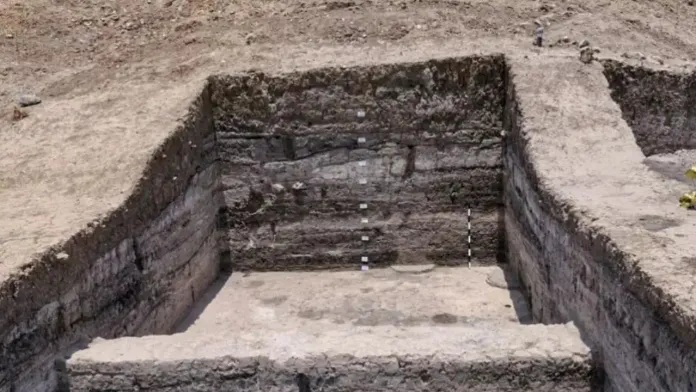Buried civilisation unearthed: 3,000-year-old Iron Age settlement found in Maharashtra
News Mania Desk / Piyal Chatterjee / 1st May 2025

In a finding that may alter the narrative of early human settlement in central India, scholars from Nagpur University have uncovered what seems to be a 3,000-year-old Iron Age site in Yavatmal district of Maharashtra. The dig, directed by Dr. Prabash Sahu from the Department of Ancient Indian History, Culture and Archaeology at the university, took place in Pachkhed village within Babulgaon taluka throughout the 2023–24 academic year.
The excavation site—an 8.7-meter-high hill located just outside Pachkhed—uncovered cultural strata that covered multiple historical eras. Archaeologists recognized four separate stages of human habitation: the Iron Age, the Satavahana era (2nd century BCE to 3rd century CE), the Medieval period, and ultimately the Nizam era (18th–20th century).
The oldest layer, originating from the Iron Age, produced iron implements, ceramics, and circular house bases featuring limestone floors—characteristics of initial farming societies. Significantly, investigators discovered a complete house design featuring a chulha (mud oven), providing unique insight into historical domestic existence.
The location was rich in artefacts: pottery of different styles, iron tools, bone implements, terracotta, and semi-precious stone beads—indicative of a community involved in crafting, trading, and perhaps rituals. The existence of ornamental beads suggests a system of cultural or trade interactions that reaches beyond the area.
To scientifically confirm the site’s age, organic samples were dispatched to the Inter University Accelerator Centre in New Delhi for AMS carbon dating, with results anticipated by June 2025. If validated, the location would be among the oldest Iron Age sites in the Vidarbha area, significantly enhancing our knowledge of early existence in central India.






